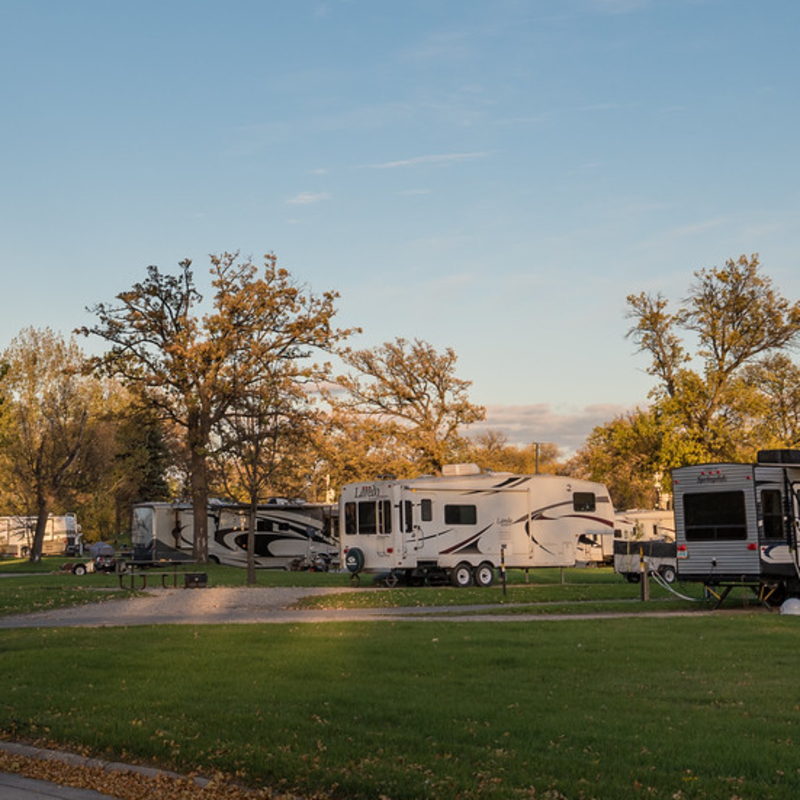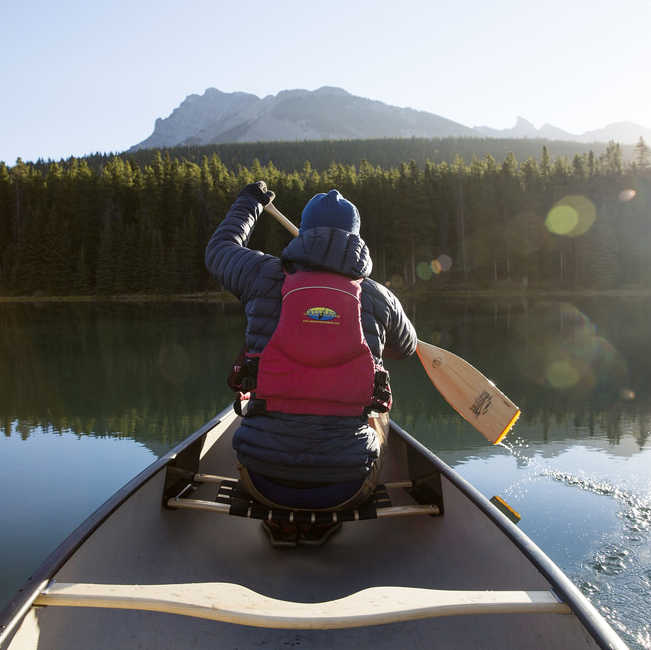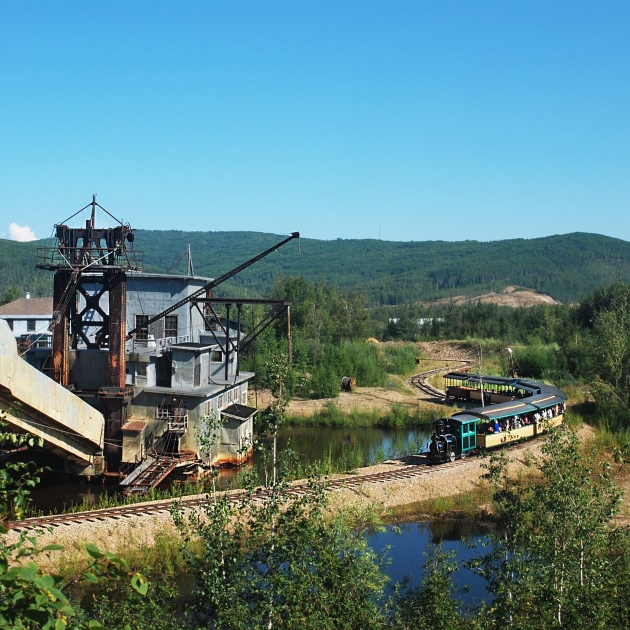How to select a canoe
Paddlers have chased dreams in canoes before there even was a Canada
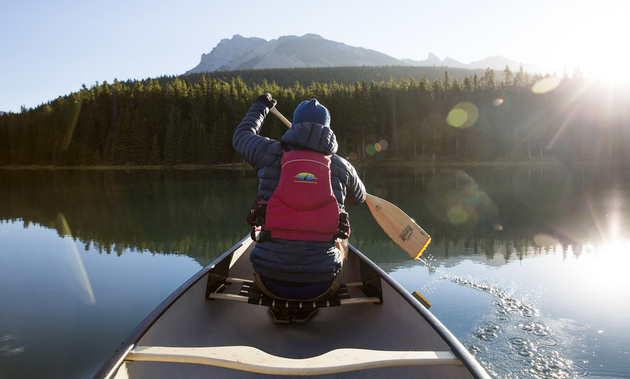
Before transport trucks and minivans, there were canoes.
Paddling a canoe expanded opportunities to get your handmade goods to market, gave the hope of marrying a girl from beyond next door a real possibility, and provided the freedom to explore rivers and lakes near and far.
Paddling is still a great way to explore lakes and rivers, and to meet a girl.
"May I help you?"
"I want you to sell me my second canoe."
"So, you have a canoe?"
"No, but I know if I buy a beginner canoe I will be back in a few months wanting an intermediate canoe and will be buying another. So, sell me that canoe today."
"What will you use the canoe for?"
"Mostly flat water, I want to load the canoe on the truck by myself, put enough gear in it for a weekend, and load a moose in it if needed."
"The Tripper in Kevlar would solve most of those needs. A thousand-plus pounds of cargo, 60 pounds in weight, and seventeen-and-a-half feet long."
"Does it come in red?"
All that was left was to select options. And pay.
Selecting a canoe is a straightforward process, once you know what you use it for. Will your canoe stay at the lake lot or be transported by car or truck to water? Lake or river? Whitewater or flatwater? How many paddlers? How much gear? What length of trips?
What is the best style of canoe for lake paddling?
There are three key choices when it comes to buying your canoe: What shape, what material and what size.
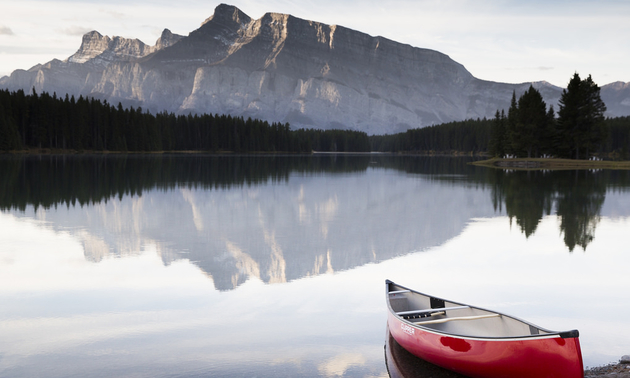
Each of these choices are some compromise between cost, stability and maneuverability, and weight.
Purpose and pocketbook seem as good a place as any to begin your search. Want a middle-of-the-road stable canoe for the cottage or Lake? —fibreglass. Need to load the canoe on your truck until you can afford a lake lot? —Kevlar. Fancy yourself a river paddler? —ABS, the best bet surviving river rocks and shallow water.
What are canoes made of?
There are ABS (tough flexible plastic) canoes, fibreglass canoes and Kevlar canoes. You can find aluminum canoes, canvas canoes and even hand-laid-up cedar-strip canoes. Each one is developed to lean into a specific kind of service. ABS canoes are a good choice for white water, where dragging your canoe on rocks is likely. Kevlar is lighter and faster. Fibreglass is lower cost and an excellent material for an all-round canoe.
What is the difference between initial stability and secondary stability?
You feel initial stability when you step into the canoe––how tippy it feels initially. Secondary stability is a measure of how far the canoe will tip before rolling over, like when you reach long to draw a tight turn in a fast river. Life is full of tradeoffs.
Stability and maneuverability compete based on canoe shape. The straighter the rocker, the easier to hold course on a straight trajectory; the curvier the rocker, the easier to turn the canoe. Rocker is the term that refers to the curvature of the keel. (centre line of the canoe) Select a straighter rocker for lakes and big flat rivers, and a curvier rocker when tight manoeuvering is required.
While you certainly can paddle your white-water canoe on a perfectly calm lake, it might take a bit more correction to hold a straight line. Paddling your lake canoe in whitewater on a tight turning river might cause irreparable damage to both you and the canoe.
Choose your canoe for your preferred use and buy a second one if you need. My canoe holds 1162 pounds of cargo. I could put a quartered moose in it, but have not yet had the opportunity. It weighs 60 pounds so I can load it myself, tracks straight as an arrow, and paddles like a dream come true, (which it is). I bought the canoe with visions of paddling big wide rivers like the north Saskatchewan from Devon to Edmonton, Alberta or mountain lakes where we camp. My first shallow-water rocky-bottom river scraped and scarred the red glossy finish badly enough to make me weep. Now when carrying the canoe to the water, fellow paddlers bow in reverent respect.
What canoe will you choose to paddle after your dream?





